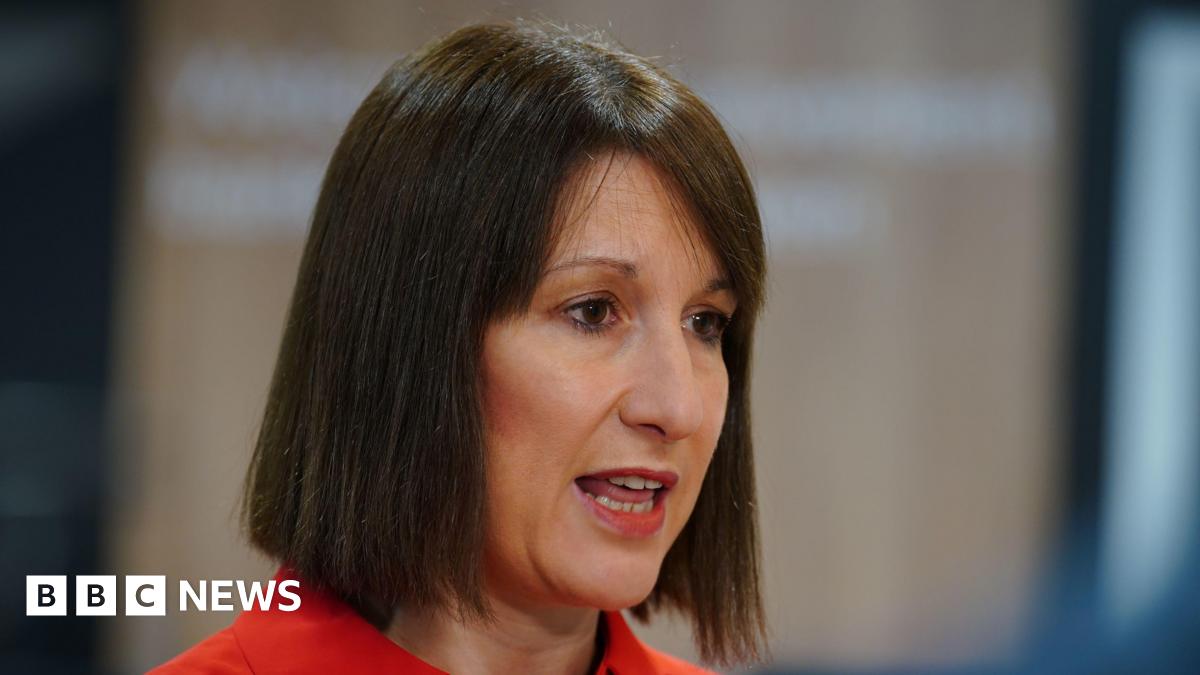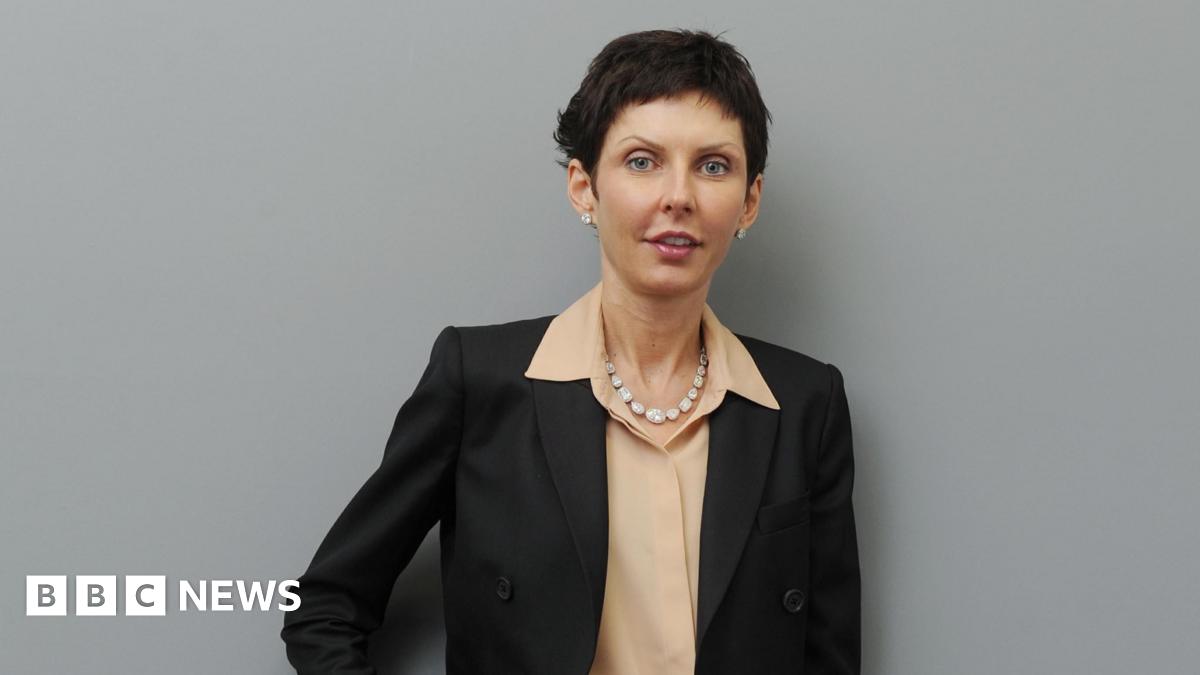As employee frustration with unmet needs rises and managers face backlash from employees on returning to the office, celebrating wins could be part of the solution to resetting the workplace and getting everyone on the same side of the table. By focusing on the peaks instead of the valleys, HR leaders can see measurable results in terms of employee engagement and organizational performance.
Though often considered a “nice-to-have,” tangible recognition can go a long way in cultivating a strong culture and fueling motivation. The result will be happier employees, more connected teams and better business all around.
While celebrating wins can look different from one organization to another, it is always important to recognize both the small and big wins. Milestone moments might seem like the natural time to acknowledge hard work, but smaller day-to-day successes are just as crucial to applaud because they keep employees motivated and engaged in the short term as they work towards longer-term wins. If it’s something you want to see repeated, be sure to celebrate it.
Anything that shows a positive shift in progress or performance—not just the achievement of quantitative goals—deserves applause. This ensures all employees feel valued in their role at a time when human capital is being discussed as a line item and companies are struggling with employee engagement.
The surefire way to effectively celebrate wins? Focus on recognition, appreciation and engagement.
Recognition
Leadership might question why they should recognize someone for doing what is in their job description, to which the answer is that recognition is more than a participation trophy. It’s about reinforcing a job well done and highlighting what “good” (or even “great”) looks like to other team members.
Celebrating this win could come in the form of a personalized video from a senior leader to a team that has been working hard on a key element of a company initiative, a shoutout in an internal newsletter or even a handwritten note.
Even saying something like, “Your email to that difficult client was exactly what they needed to hear, and you delivered it with a lot of poise,” can help people feel confident knowing that their effort isn’t for naught. When employees know that other departments or senior leaders are seeing the impact of their work, it can help reduce complacency or headwinds and fuel motivation to rise to the occasion. Highlighting a job well done costs little or nothing but it will always positively impact the bottom line.
See also: As the economic pendulum swings, employers must continue to invest in their workers
Appreciation
Everyone wants to feel like their work is valued and valuable to the broader organization. Getting that vote of confidence and then feeling a sense of gratitude can be crucial to inspiring even better work. For example, if a team is testing a new process in place of a legacy initiative, employees may feel on edge or unsure about how it will turn out.
Encouraging managers to share their gratitude for the team’s commitment to the work will give them more confidence to try something new. Employee efforts need to be recognized early and often so they can pursue innovation without inhibitions, which can lead to improved products or services and ultimately a competitive edge.
Sometimes, appreciative words are enough to spark continued engagement, but other times a little extra expression of gratitude is needed. Free lunch, an extra day off or a gas gift card (especially when prices continue to reach noticeably high peaks) are all creative ways to demonstrate that a company truly cares about the good work its employees are doing.
Tangible rewards can encourage greater engagement from employees and higher levels of dedication to the work. When team members know that their efforts will be celebrated—and potentially rewarded—they are more likely to give a project their all.
Engagement
Democratizing the systems of recognition can help prevent companies from falling into the trap of an overly competitive culture. Consider recognizing teams or having team members recognize each other, and find a way for people to nominate colleagues who deserve a shoutout. Wins can be shared on public platforms like in an internal newsletter or dedicated chat. Sharing success stories broadly helps highlight the importance of team engagement and how it leads to positive results.
Particularly for organizations that do not measure an individual’s success by number of sales or other quantitative metrics, being able to find everyone who is putting their best foot forward is important. Create a list of behaviors that are harder to gauge but equally worthy of celebration, such as successfully leading a productive call or handling challenging clients with grace.
What deserves to be celebrated isn’t always easy to measure. By clearly demonstrating appreciation and recognition, teams become driven, increasing motivation to perform well across different initiatives and teams.
HR leaders are in a unique position to identify and amplify individual or team wins across their organization—and even teach managers how to do the same. Effectively celebrating wins requires implementing recognition, appreciation and engagement strategies that speak to the human desire for praise and positive reinforcement.
Successes don’t necessarily need to be big watershed moments, but they do need to be repeatable and rewarded. Uncertainty in the labor and economic markets demands that HR leaders take a proactive approach to engaging employees and ensuring they feel both valued and seen for their positive contributions. A stronger bottom line and more innovation will follow.
Credit: Source link











